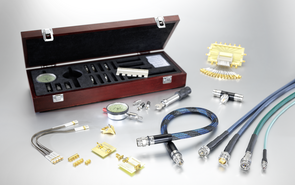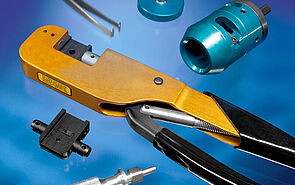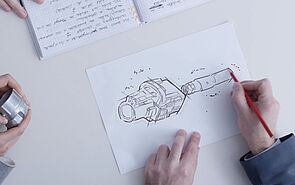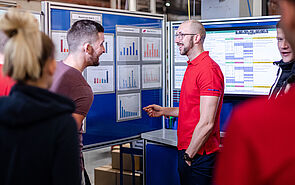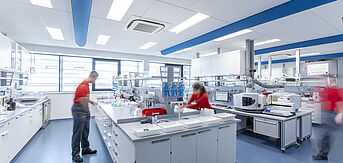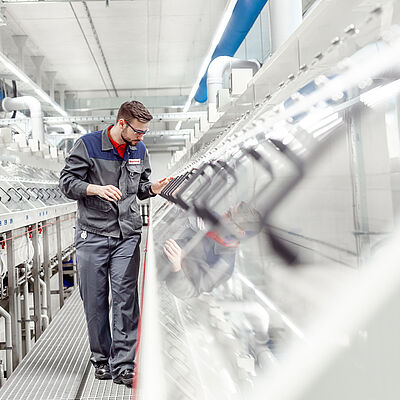For More than 60 Years the Rosenberger Group has had its Own Electroplating Shop for Finishing Products
Innovation and competence ensure resource-saving, energy-efficient electroplating is an essential component in the material flow. After all, the quality of a surface coating depends greatly depends on the existing process capability to produce consistently high-quality workpieces. The most important components are: modern process monitoring systems and a pronounced material competence - disciplines which the Rosenberger Group has always regarded as an indispensable factor in the manufacture of its products.











